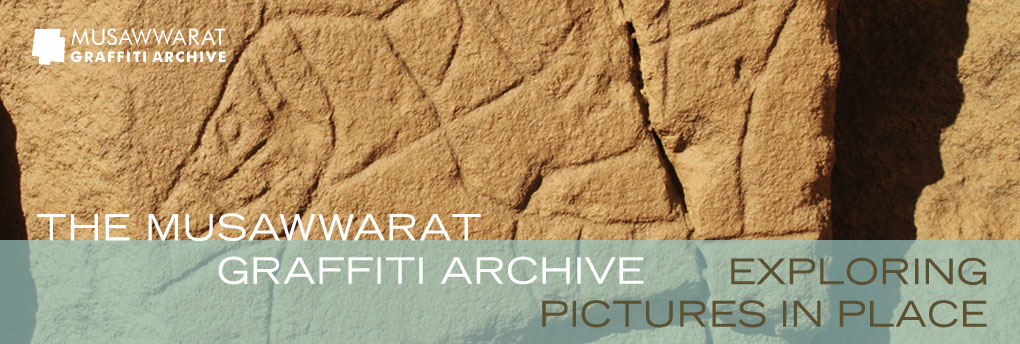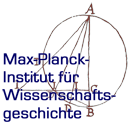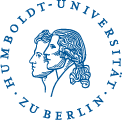Ninth Field Season (Spring 2015)
Fieldwork in March 2015 was intended to systematically expand the descriptive record on the Musawwarat graffiti, their graphic documentation and the photographic record. Documentation was planned to mainly focus on the central buildings of Complex 100, the Central Temple and surrounding rooms. However, upon arrival it was quickly realised that apparent residual moisture damage had accelerated on a worrying number of walls in the Great Enclosure, leading to the destabilisation, decolouration and loss of a fine surface layer of the sandstone blocks – and resulting in the destruction of ancient graffiti. It appears that the strong rains of the last years, while they were a blessing for the people of Musawwarat and their animals, are having a visible detrimental effect on the preservation of the surfaces of the monumental sandstone walls.
As an immediate response to the situation encountered and in the face of the destruction of hundreds of Meroitic and younger graffiti at the Great Enclosure, the field strategy and its focus were changed. The documentation strategy had hitherto worked outward from the central buildings of each complex, but now any wall received attention that appeared to be affected by significant moisture or graffiti damage. In-depth documentation, therefore, primarily focussed on damaged walls in Complexes 200 and 500 instead of documenting the Central Temple (which will need to be the focus of next season’s work).
The block-based documentation of the graffiti corpus followed the detailed methodology established in previous field seasons. It is hoped that this effort will at least preserve some data on the graffiti of the affected walls before they disappear completely. An important part of this season’s documentation strategy involved testing the photogrammetric documentation of walls and their graffiti and evaluating the research value of 3D-models created from such (digital photographic) recording efforts. The project was rapidly expanded to address the accelerated preservation issues encountered this season. In the framework of this undertaking, as many walls and graffiti as possible in the time given were documented. This included those walls that showed damage, but also walls and graffiti that were still in (very) good condition in order to preventively preserve these (at least virtually). For the moment, the goal was to capture as many graffiti as possible in their wall contexts, with coverage of about 50% of the Great Enclosure achieved in the March 2015 season. The next field season will be dedicated to the completion of the photogrammetric record.
Participants: Cornelia Kleinitz, Jens Weschenfelder, Dora Ehrensperger, Victoria Grünberg, Jaroslav Halik, Robert Kell, Franziska Lehmann, Ole Fredrik Unhammer
Dates: March 2014
Duration: 4 weeks
Funding: Qatar-Sudan Archaeological Project
Text: Cornelia Kleinitz (2015)







